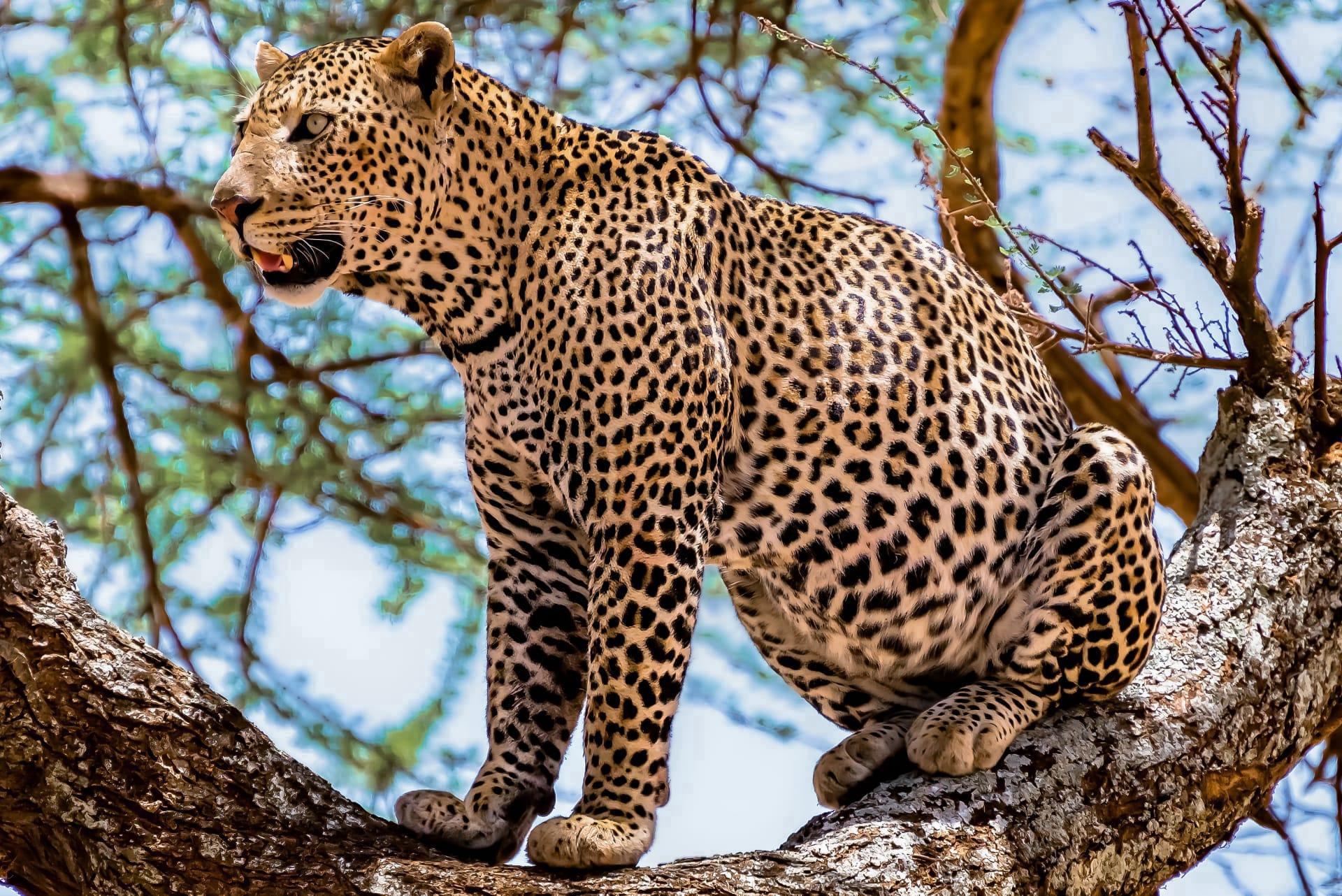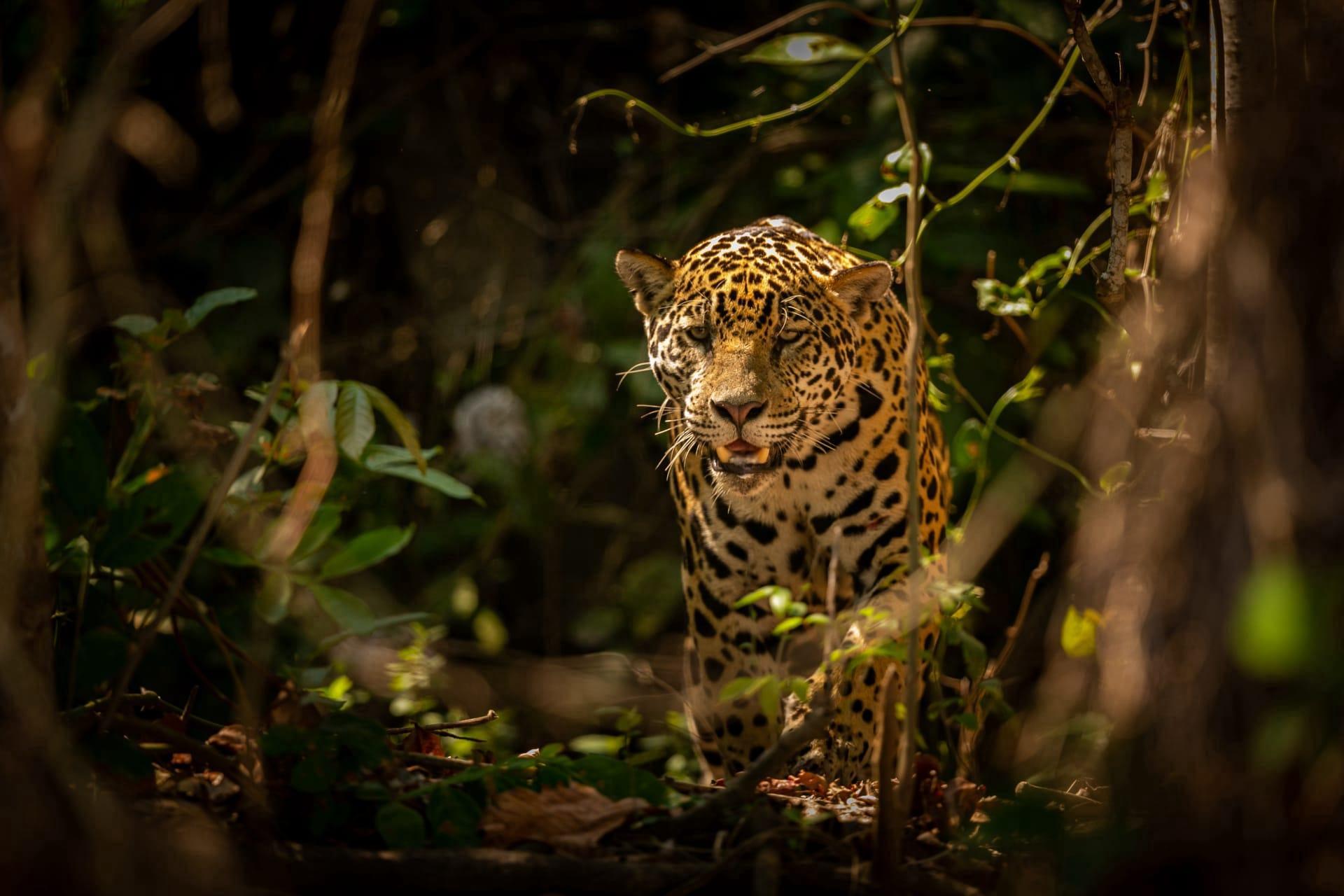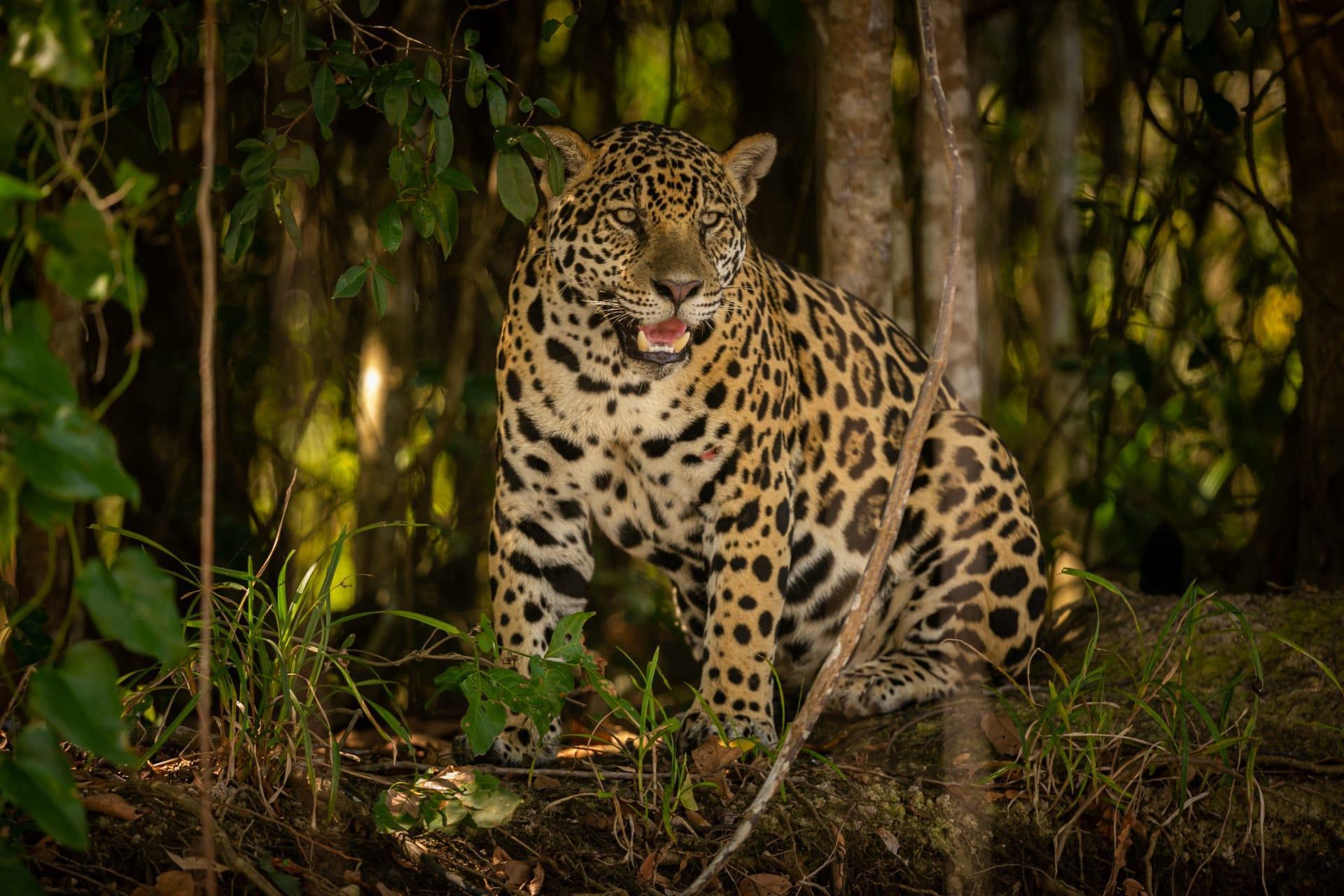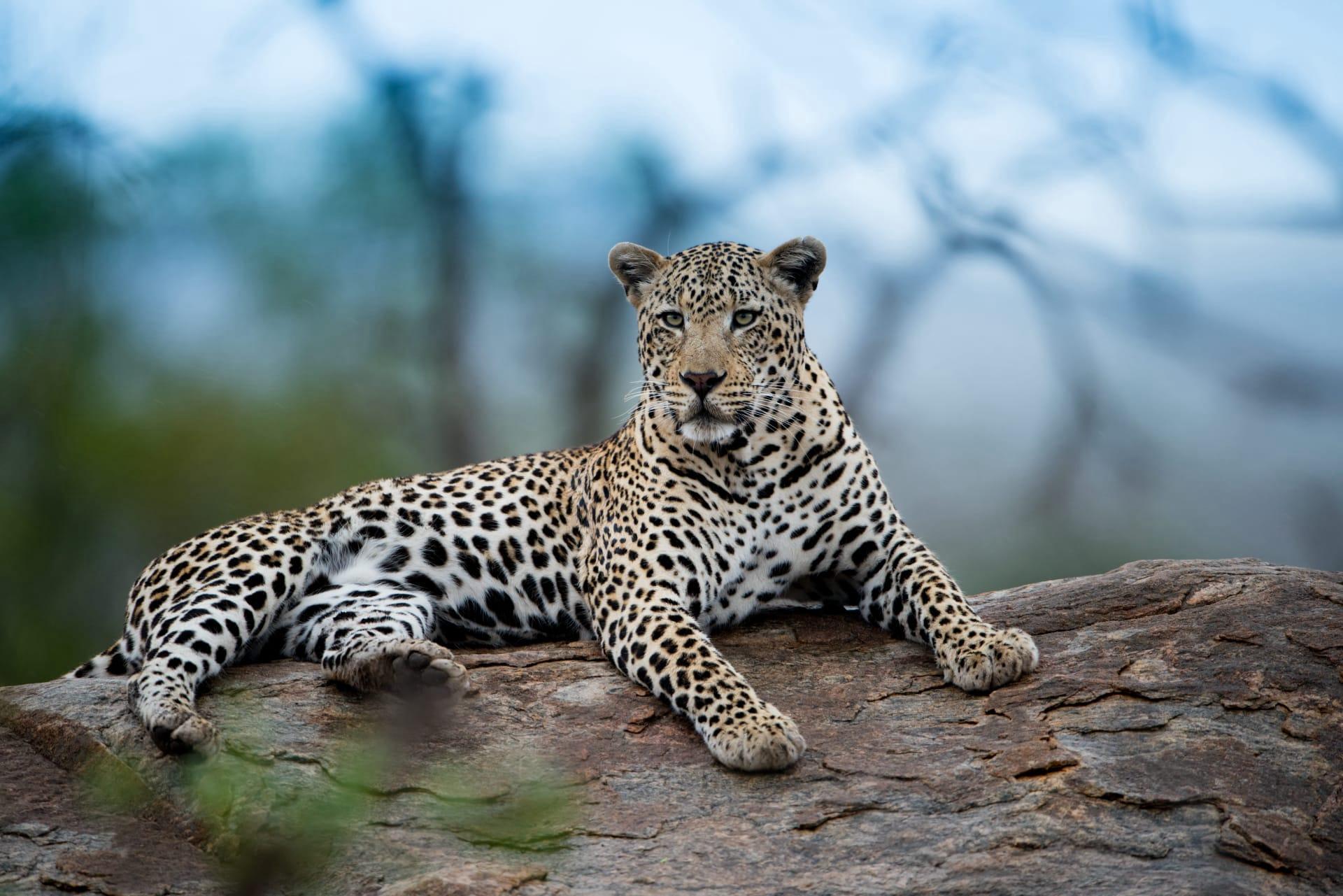Leopard
- Home /
- Mini Encyclopedia /
- Animal /
- Leopard
1
Leopards, scientifically known as Panthera pardus, are a member of the Felidae family, which includes other big cats like lions and tigers. Classified under the genus Panthera, leopards are distinct for their well-camouflaged fur, powerful bodies, and adaptability to various habitats. These attributes have earned them a formidable reputation in the wild.
Leopards boast a vast geographical range, inhabiting diverse environments across Africa and parts of Asia. In Africa, they're spread from the Saharan fringe to South Africa, while in Asia, they are found from the Middle East to Southeast Asia, extending as far as eastern Russia. This extensive distribution showcases their adaptability, thriving in habitats ranging from rainforests and mountainous terrains to savannas and deserts. Their ability to live in such varied environments is unusual among big cats, a testament to their evolutionary success.

2
Question: "Do leopards only live in dense forests?"
Answer: Contrary to common belief, leopards do not restrict themselves to dense forest habitats. They are incredibly adaptable animals, thriving in various environments, including savannas, mountains, deserts, and urban fringes. Their ability to adjust to different surroundings, even close to human settlements, is a key factor in their widespread presence across continents. This adaptability, however, sometimes leads to conflicts with humans, particularly when they venture into human-inhabited areas in search of food.

3
Leopards employ a range of survival strategies to thrive in their natural habitats. They are solitary creatures, relying on stealth and surprise rather than speed in hunting. Their spotted coat provides excellent camouflage, aiding them in stalking prey. Leopards are also strong climbers, often dragging their catch up trees to avoid scavengers. This ability to store food in trees is a unique adaptation among big cats, ensuring they can feast on their catch without competition.
Another key survival tactic is their dietary flexibility. Leopards are opportunistic hunters, eating a varied diet ranging from small insects to large ungulates. This dietary adaptability allows them to survive in a wide range of environments and reduces competition with other predators. Their nocturnal nature also aids in hunting, as they utilize the cover of darkness to ambush prey, demonstrating their mastery of the environment.

4
In the ecosystem, leopards play a critical role as apex predators. They help maintain the balance by controlling the population of herbivores and smaller predators. This predatory role is crucial in preventing overgrazing and preserving the health of vegetation and the overall habitat. Their presence indirectly supports a diverse range of species, contributing to biodiversity and ecological stability.
Leopards also act as indicators of environmental health. Their presence in an area suggests a well-functioning ecosystem with sufficient resources to support top predators. Conversely, a decline in leopard populations often signals environmental distress, prompting conservation efforts. Therefore, their conservation is not just about protecting a single species but maintaining the health of entire ecosystems.

5
Film: "Eye of the Leopard," a documentary by National Geographic, released in 2006, provides an intimate portrayal of a leopard's life in Botswana's Okavango Delta. The film follows the journey of a young leopard named Legadema from cub to adulthood, showcasing her survival challenges and natural behaviors in a dynamic environment.
Book: "Leopards of the African Plains" by David Hamilton, published in the USA in 2018, offers a comprehensive look into the lives of African leopards. The book combines stunning photography with detailed observations, providing insights into their behavior, habitat, and challenges they face in the wild.
Book: "The Leopard's Tale" by Jonathan Scott, a British author, published in 1985, explores the life of a leopard family in Kenya's Maasai Mara. Scott's work is a blend of personal experience and scientific research, presenting an engaging and informative narrative on these majestic animals.